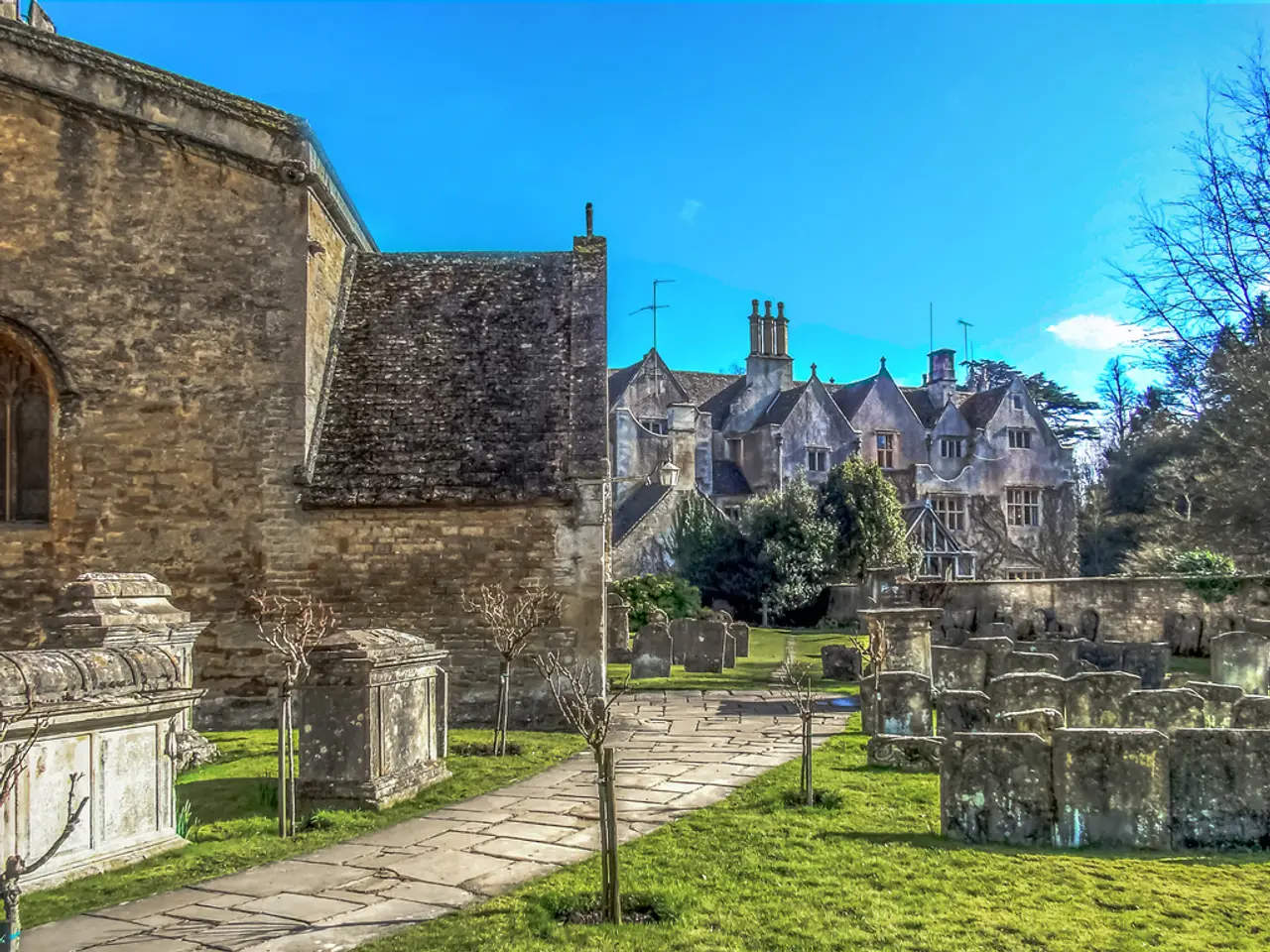Restoration and wilderness revival initiate at Castle Howard
The historic Castle Howard Estate in North Yorkshire is embarking on an ambitious ecological restoration and climate response initiative, known as the Biodiversity Net Gain (BNG) project. This project aims to transform previously intensive farmland into species-rich, biodiverse habitats that also act as carbon stores.
At the heart of this project is the restoration of 440 acres of former farmland known as Bog Hall. Abandoned due to poor productivity, this area is being hydrologically engineered and will introduce beavers to create a thriving ecosystem that supports biodiversity and climate goals simultaneously.
The broad goals of the project include reducing carbon inputs from intensive farming practices, extending woodland cover, and adopting conservation grazing by taking some parkland out of arable use. These actions aim to enhance the estate’s natural capital by improving soil health, carbon sequestration, and habitat diversity. With around 44% of the estate covered by woodland, offering significant scope for these environmental improvements, the potential for positive change is immense.
Revenue from estate-related events helps fund investment in sustainable energy sources such as solar and biomass, supporting the broader green transition on the estate.
Expected outcomes include a species-rich landscape that acts as a carbon sink, enhancing biodiversity, and serving as a model for how historic estates can balance agricultural productivity with significant ecological restoration efforts. The Castle Howard project is part of wider conversations on scaling natural capital preservation and reflects emerging markets for carbon and biodiversity units linked to climate change mitigation policies.
The Honorable Nicolas Howard, who emphasizes the importance of the estate's role in responding to the ecological challenges of today, believes that these plans will ensure the creation of a positive legacy for the estate. He expresses the need for immediate action to combat biodiversity loss and help turn the tide on climate change.
The boggy marshland, considered of high ecological value, is located in the Howardian Hill National Landscape and one area is designated a Site of Importance for Nature Conservation (SINC). The project aims to re-introduce beavers to the site, which could lead to a 250% increase in bat populations, a 60% increase in plant diversity, and a 140% increase in pollinator numbers.
Over the next 30 years, Environment Bank will deliver the project, transforming the land into Bog Hall Habitat Bank. The Honorable Nicolas Howard of Castle Howard states that the estate has a 300-year history as a custodian of the natural environment and believes that these plans will secure the future of the Castle Howard estate, creating a positive legacy for local communities and the wider environment, securing its future for generations to come.
In addition to these benefits, the project is expected to sequester over 30,000 tonnes of carbon dioxide equivalent greenhouse gas emissions over 30 years, contributing significantly to the fight against climate change. The Castle Howard estate's plans aim to benefit local communities and the wider environment, making it a shining example of sustainable estate management for the 21st century.
- Recognizing the importance of environmental science in addressing climate change, the historic Castle Howard Estate is transitioning 440 acres of previously intensive farmland, designated as Bog Hall, into rich, biodiverse habitats through the Biodiversity Net Gain (BNG) project, by incorporating sustainable-living practices such as hydrological engineering and beaver re-introduction.
- As part of the BNG project, the Castle Howard Estate is adopting lifestyle changes that include reducing carbon inputs from intensive farming, increasing woodland cover, and implementing conservation grazing, simultaneously aiming to achieve goals in environmental-science, such as improving soil health, carbon sequestration, and habitat diversity.
- In line with sustainable-living principles, the Castle Howard Estate is investing in renewable energy sources like solar and biomass, and working towards becoming a model for historic estates that can balance agricultural productivity with significant ecological restoration efforts, thereby create a positive impact on climate change and biodiversity.





